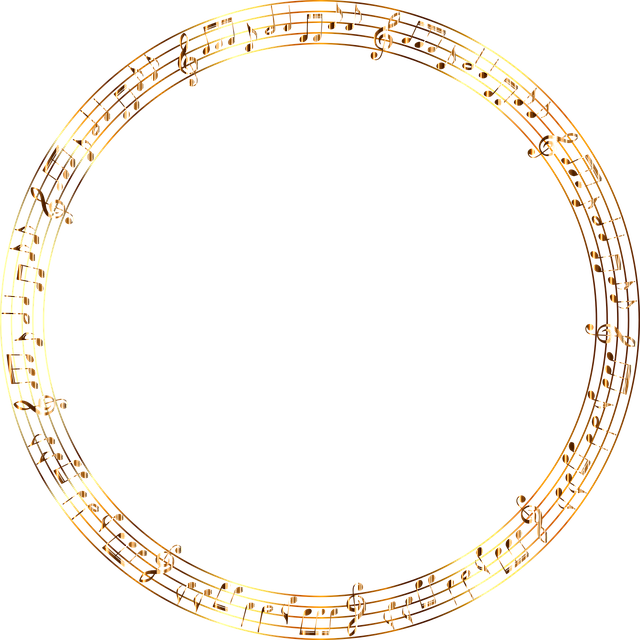To invest in precious metals like gold within a Roth IRA, one must first set up a self-directed Roth IRA that permits such investments. This involves choosing a custodian who complies with IRS regulations and handles the specific compliance and reporting for these types of accounts. Funds are then transferred from an existing Roth IRA to this new account following IRS guidelines to avoid taxes or penalties. The self-directed Roth IRA can purchase IRS-approved gold, silver, platinum, and palladium, which must be of a certain purity. These metals should be bought from authorized dealers and stored within the custodian's account to maintain compliance. This approach allows for diversification of retirement savings while ensuring adherence to IRS rules through investments in precious metals. The process requires careful selection of trustees and custodians who are knowledgeable about Roth IRA conversions, and it's essential to work with professionals who can manage alternative assets with transparency and secure storage options. Always verify the custodian's IRS recognition for holding these assets to safeguard your investment and avoid any legal complications.
Exploring the transformation of a Roth IRA into a gold-backed investment opens a realm of financial diversification. This article elucidates the step-by-step process, from establishing a self-directed Roth IRA conducive to precious metals to the intricacies of compliance and selection of eligible gold and other precious metals. Whether you’re a seasoned investor or new to the market, understanding how to facilitate a rollover from traditional Roth IRA holdings to tangible assets like gold can safeguard and potentially augment your retirement savings. Dive into the world of alternative investments with confidence as we guide you through each critical step.
- Setting Up a Self-Directed Roth IRA for Precious Metals Investment
- Understanding the Rules Governing Roth IRA Conversions to Physical Gold
- Choosing a Trustee and Custodian for Your Gold-Backed Roth IRA
- Selecting Eligible Gold and Other Precious Metals for Your Roth IRA
- Completing the Rollover: Transferring Funds from Traditional Roth IRA to Gold Investment
Setting Up a Self-Directed Roth IRA for Precious Metals Investment

To initiate the process of converting your Roth IRA to an investment vehicle for precious metals such as gold, the first step is to set up a self-directed Roth IRA. This account type diverges from traditional IRAs in that it offers investors the autonomy to directly allocate funds into physical commodities like gold, silver, platinum, and palladium, as well as other investment vehicles outside the conventional stock and bond markets. The establishment of a self-directed Roth IRA begins with selecting a trustee or custodian that specializes in these types of investments and is compliant with the Internal Revenue Service (IRS) regulations. These specialized custodians are adept at handling alternative assets and can guide you through the necessary compliance and reporting requirements.
Once you have partnered with a custodian, you will need to transfer funds from your existing Roth IRA into the new self-directed Roth IRA. This transfer must be done in accordance with IRS rules to avoid penalties or taxes on the transaction. After the transfer is complete, you can begin the process of purchasing eligible precious metals. It’s imperative to ensure that the metals adhere to the purity and fineness standards set forth by the IRS for retirement accounts. Your custodian will provide a list of approved dealers from whom you can purchase your investment-grade precious metals. Upon acquisition, these metals must be transferred directly to the custody account managed by your chosen custodian to maintain the integrity of the IRA structure and compliance with IRS rules. This meticulous process ensures that your investment in precious metals is properly integrated into your retirement savings plan within the framework of a Roth IRA.
Understanding the Rules Governing Roth IRA Conversions to Physical Gold

When considering a Roth IRA conversion to physical gold, it’s crucial to navigate the rules and regulations that govern such transactions. The Internal Revenue Service (IRS) outlines specific criteria for converiting traditional IRAs to Roth IRAs, including those held in precious metals. A key step involves rolling over funds from an existing IRA into a self-directed Roth IRA that permits investments in gold and other eligible precious metals. The IRS allows one rollover from a traditional IRA to a Roth IRA every 365 days, with careful attention to the transaction to avoid penalties.
Once you have established an eligible self-directed Roth IRA, you must ensure that your gold investment adheres to the purity standards set by the IRS. The IRS approves specific types of gold for IRA investments, typically in the form of coins or bars. Coins must be issued by a recognized government mint and contain a minimum purity of 99.5%. Bars must have a fineness of .995 and meet certain good delivery standards. It’s imperative to work with reputable dealers and custodians who are well-versed in the rules for Roth IRA conversions to gold, as they can provide valuable guidance throughout the process. This ensures that your investment strategy aligns with the tax advantages of a Roth IRA while maintaining compliance with IRS regulations.
Choosing a Trustee and Custodian for Your Gold-Backed Roth IRA

When considering the conversion of your Roth IRA to a gold-backed investment, selecting a trustee and custodian who specialize in alternative assets is paramount. The trustee oversees the administration of your IRA and ensures compliance with IRS regulations, while the custodian holds and safeguards your assets. It’s crucial to opt for trustees and custodians with experience in precious metals to navigate the unique requirements of these investments. These professionals should be well-versed in the specific rules governing gold IRAs, including the types of gold permitted (such as coins and bullion that meet certain fineness requirements) and the protocols for acquiring and storing these assets securely.
In your search for a suitable trustee and custodian, due diligence is essential. Research various firms to find those with a track record of handling gold-backed IRAs. Look for firms that have a history of transparency, excellent customer service, and a robust system for maintaining the physical gold in a secure and insured depository. Additionally, ensure that the custodian is approved by the IRS to hold these types of assets on behalf of your Roth IRA. By carefully selecting your trustee and custodian, you can mitigate risks and ensure that your gold-backed Roth IRA aligns with your investment goals and diversification strategy.
Selecting Eligible Gold and Other Precious Metals for Your Roth IRA

When considering the addition of gold and other precious metals to your Roth IRA, it’s crucial to adhere to the guidelines set forth by the Internal Revenue Service (IRS). Eligible assets for a Roth IRA include certain types of gold, silver, platinum, and palladium in the form of coins or bullion. These must be investment-grade and meet specific fineness requirements. For instance, gold coins or bullion should be at least 99.5% pure, while silver must be 99.9% pure. When selecting your precious metals, opt for those that are compliant with IRS standards to avoid any issues with account penalties or tax implications.
To ensure compliance, invest in gold and precious metals that are recognized by the IRS as qualified investments within a Roth IRA. This typically includes American Eagle bullion and proof coins, Canadian Maple Leaf bullion coins, Austrian Philharmonic coins, certain American Buffalo coins, and certain Gold Kangaroo and Silver Kookaburra coins, among others. These are usually available through IRS-approved precious metals dealers. It’s important to conduct due diligence and verify the eligibility of any investment with a reputable dealer or your Roth IRA custodian before purchasing. This step safeguards that your investment aligns with the rules governing Roth IRAs, ensuring that your retirement savings remain compliant and secure.
Completing the Rollover: Transferring Funds from Traditional Roth IRA to Gold Investment

To convert a traditional Roth IRA into one that holds gold, the process known as a “Rollover” is initiated by transferring funds from the original account to a self-directed Roth IRA that allows for precious metals investment. This financial maneuver can be executed in a few steps: firstly, identifying a trustee-to-trustee transaction with a self-directed IRA custodian that facilitates gold investments is crucial. The account holder must then instruct their original Roth IRA custodian to distribute the funds directly to this new custodian. The funds are transferred from the old IRA to the new one, and the account holder may not personally handle the funds at any point during this process to maintain compliance with IRS regulations. Once the transfer is complete, the self-directed Roth IRA can be used to purchase gold coins, bars, or other approved precious metals that meet the purity standards set by the IRS. It’s important to work closely with both the custodian and a knowledgeable financial advisor throughout this process to ensure all steps are executed correctly and in accordance with IRS rules to avoid any penalties or tax implications.
In conclusion, transitioning a Roth IRA into a gold-backed investment is a process that offers investors a unique opportunity to diversify their retirement portfolios with tangible assets. By establishing a self-directed Roth IRA that permits gold investments, individuals can leverage the tax advantages of a Roth IRA while exploring alternative assets. It’s crucial to familiarize oneself with the specific rules and regulations concerning such conversions, as well as to select reputable trustees and custodians. Once these steps are completed, investors can then choose from a range of eligible gold and precious metals that align with their investment goals and strategies. The key to success in this endeavor lies in thorough research and careful planning to ensure compliance and optimal asset allocation. With the right approach, incorporating gold into a Roth IRA can be an effective way to hedge against inflation and market volatility, contributing to a robust financial future.
